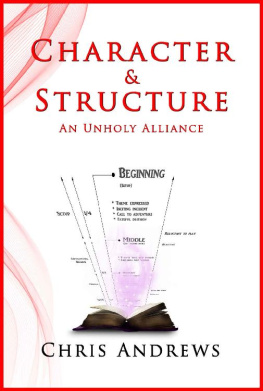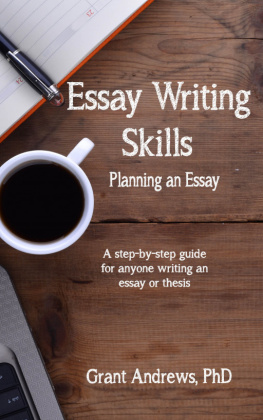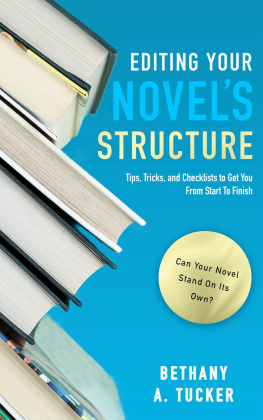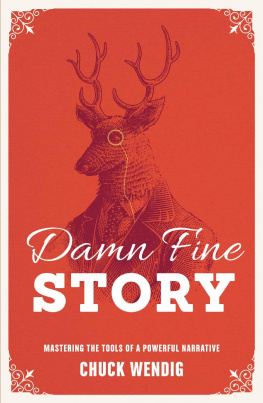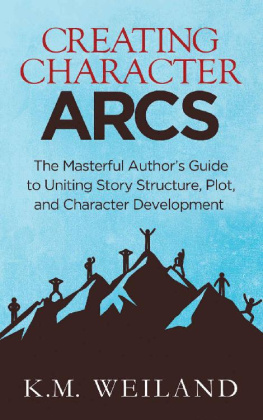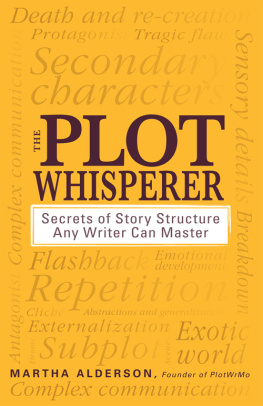Character & Structure
An Unholy Alliance
Chris Andrews
Creative Manuscript Services
For my parents who told me I could do anything.
Contents
Contents
First published on 27 September 2019
Copyright Chris Andrews 2019
All Rights Reserved
No Reproduction without Permission in any form, other than where legally permitted such as associated with brief quotations embodied in critical articles and reviews.
Cover artwork by Chris Andrews
Includes some imagery purchased from of pngtree.com
Cover design by Chris Andrews
Thank you
Thank you to Les Petersen and Rob Porteous who gave me their honest advice on early drafts, and to Jo Clay who took an editing knife to my typos, mixed metaphors and poor word choices.
Additionally, thank you to everyone who supported me with friendship, encouragement and feedback.
This book is better thanks to you.
Forward
At one point I collated everything I knew about story structure and drew a picture with it.
This book and its associated workbooks expand on that picture.
A trip to the movies
A while back I saw a movie trailer. I wasn't paying all that much attention, but the trailer looked like my sort of thing: a supernatural action flick.
I should have paid more attention.
My expectations took a huge hit when I discovered the cinema was full of teenage girls (and the occasional boyfriend who'd clearly been dragged along). The cinema was packed.
I felt myself sinking lower and lower into my seat. There might have been a couple of dads and mums taking their tween daughters, but they were harder to spot than Wally.
When the movie started, girls screamed. Literally. They screamed again when some of the characters made appearances. It was as if I'd I travelled to the sixties and Beatle-mania had taken hold.
Only it was a movie, not a band, and the movie was Twilight. I'd thought I was in for something similar to Underworld starring Kate Beckinsale. Not so much.
And yet it's the story that changed my perspective on what stories need to do.
The movie had such a strong emotional grip on its audience that even though it could have used millions more to smooth out the rough edges, it both met and exceeded expectations and went on to spawn four sequels based on the follow-up books.
How did a story written for a very specific romance sub-genre sell hundreds of millions of copies and make a fortune at the box office?
Despite all the criticisms, Stephanie Meyer did something right when she wrote Twilight.
There were many other books that were big at the same time: The Girl with the Dragon Tattoo, the Harry Potter series, and the Hunger Games series to name just three. They all became very successful movies.
Something about those stories did more than just entertain. They reached well beyond their genres and became mainstream.
The Marvel Cinematic Universe has achieved the same thing, and if you care to look closely enough you'll realise it's because of the characters, not the world-building or cool superpowers.
Marvel took a huge risk and started out with characters many people had probably never heard of, such as Iron Man, Dr Strange and the Guardians of the Galaxy. They worked because Marvel put the characters first, and the audience engaged with these characters.
Stories are about people, not events. Structure is how you tailor events so your audience can engage with your characters.
You can do it too
We don't all have Disney backing our stories, but we do have access to the same techniques the Marvel Cinematic Universe uses.
The answers are in every successful story you've ever read or seen or heard.
All you need to do is ask the simplest question you can ask about a story. Why will anyone care? Delivering on that question requires story mastery.
So how do you make your audience care about your characters and what happens to them?
Hold your story up against that question and answer the questions in this book honestly. They'll illuminate a path you may not have been aware of before.
The Care Factor
Not too long ago my youngest daughter came charging down the stairs like a nuclear storm intent on flattening everything before it. She burst into the family room, bouncing with excitement. Theyre going to do it! Finally! she said before charging back up the stairs, leaving me baffled.
Less than a minute later she came running back down. Yes! They did it Dad! They really did it! I didnt know if she was going to hug me or run me down in an attempt to find someone else to tell she was so excited.
What are you talking about?
They finally kissed! It took four books! Four!
With that she disappeared back up the stairs to keep reading, her excess energy no longer sufficient to keep her away from the story.
Im still not sure what series of books she was talking about, but she was definitely invested in them.
Emotions are the crucial factor in any story. A kiss is just a kiss unless your audience cares about the characters involved.
Here's two tough questions:
- Theres lots of great stories out there - what makes yours stand out?
- Why should anyone care? (They won't just because you do.)
Theyre tough questions, but theyre questions you should ask yourself when planning, rewriting, editing or troubleshooting. They apply to fiction and non-fiction alike, and across story mediums.
Looking at any story from a sales and marketing perspective, why would a publishing company, movie studio or theatre company spend money to produce your story when it's competing against millions of others (as well as free funny cat videos)?
- What do you feel about your story?
- What are you trying to make other people feel?
You need an answer to both questions. If the answer to either question is 'not much' then your chances of success are about the same.
People don't buy stories because they're full of brilliant ideas, theyre after an emotional experience. How are you going to engage emotions and make people care about your characters?
The cause and effect is simple; if your audience cares, they're more likely to tell their friends who may also care, and so on. Thats true even with negative emotions like the fear generated by horror movies, or tragedies like The Boy in the Striped Pyjamas.
If you think that's not true, visit the textbook section in any library. When was the last time someone recommend a textbook because they enjoyed reading it so much? They're full of information and they have a purpose, but that purpose is rarely entertainment.
Studio executives gamble millions (and sometimes billions) of dollars on the movies they produce. Publishers gamble thousands. Theatre companies invest heavily before the first actor walks onstage.
They all have to be fairly certain they'll get a return on their investment, and that means relying on the audience to respond to what they buy.
What do you want the industry gatekeepers to feel when they read your manuscript? Excitement that they have another success in their hands?
Romance is built on emotion and thats why its the biggest selling genre on the planet. Its also the most generic example of storytelling you can find. In almost every single romance, the characters:

